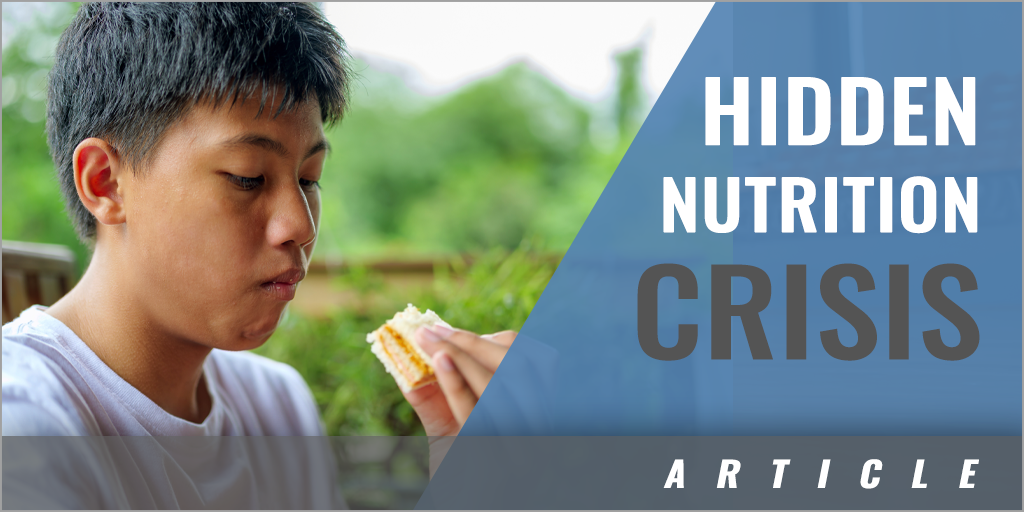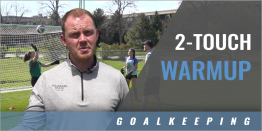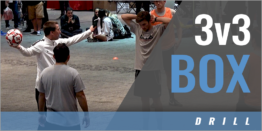|
By: Greta Jarvis, MS, MPH Founder of: Center for Active Women It was around sophomore year of high school when my classmates, teammates, and friends started restricting their eating: the Flat Belly Diet, the Cabbage Soup Diet, MyFitnessPal, and the like. Eventually, this felt normal, expected, and just part of being a disciplined, competitive athlete. When I returned to my high school over ten years later – this time, as a coach – it's easy to see that, unfortunately, not much has changed. Coaches are still not trained on how to discuss sports nutrition with their teams, and athletes still experience stress around what, when, and how much to eat. With most of my high schoolers on social media, nutrition misinformation and confusion abound. The conversation around how we can better support our athletes nutritionally is vast (I spent years studying this as a graduate student and have dedicated my career to serving this population!), but understanding one core concept is a valuable first step. Relative Energy Deficiency in Sport (REDs) occurs when someone is not eating enough to meet their body's needs. This impacts a shockingly high number of athletes:
This condition touches every sport, every team, and every school, but most coaches, athletic directors, athletes, and even healthcare practitioners remain unaware of this condition and its devastating impacts on body, mind, and performance (Gallant et al., 2024; Mountjoy et al., 2023). Prevention and education are two of our most powerful tools – and we need all hands on deck. You don't need advanced nutrition training here. Start by recognizing your role as a leader who helps define the culture and norms in your community. Encourage your athletes to speak kindly about their bodies and to think about food as a valuable teammate rather than an opponent to fear. Remind them that our bodies require a lot of food, every day, to function – especially as an athlete. Our beating hearts and expanding lungs require calories. Adolescent athletes require calories for appropriate development and growth. Even digesting food and regulating body temperature require calories! Many athletes fear "eating too much," but make sure your athletes are aware of the very real (and very common) risks of not eating enough. The International Olympic Committee outlines the effects of REDs into two categories: health and performance. You can read their full consensus statement for a deeper dive, but here are some signs and symptoms that we commonly see: Health:
Performance:
The truth is that no number of "superfoods" can override the negative impacts of under-eating. Not eating enough, whether from intentional restriction or just not understanding how much food our body really needs, holds far too many athletes back from reaching their full potential. When we – as coaches and athletic directors – better understand the signs and symptoms of REDs, we are better positioned to protect our athletes from under-eating and identify when someone may need further support. Our athletes deserve nothing less. About the Author: Greta Jarvis, MS, MPH holds her Master of Public Health in Health Promotion and Master of Science in Nutrition, as well as certifications as an Intuitive Eating Counselor and Integrative Health Coach. As the founder of the Center for Active Women, the heart of Greta's work is supporting women and girls in building peaceful and confident relationships with food, body, and movement. From customized workshops, classes, and lectures to one-on-one coaching and consultation, she equips students, parents, coaches, teachers, athletes, schools, teams, and organizations to navigate and prevent the all-too-common realities of under-eating, disordered eating, body image disturbances, and hormonal imbalances. This work fills a gaping hole causing women and girls lifelong, preventable harm. Connect with Greta and learn more at Center for Active Women Citations: Gallant, T.L., Ong, L.F., Wong, L. et al. Low Energy Availability and Relative Energy Deficiency in Sport: A Systematic Review and Meta-analysis. Sports Med 55, 325–339 (2025). https://doi.org/10.1007/s40279-024-02130-0 Mountjoy, M., Ackerman, K. E., Bailey, D. M., Burke, L. M., Constantini, N., Hackney, A. C., Heikura, I. A., Melin, A., Pensgaard, A. M., Stellingwerff, T., Sundgot-Borgen, J. K., Torstveit, M. K., Jacobsen, A. U., Verhagen, E., Budgett, R., Engebretsen, L., & Erdener, U. (2023). 2023 International Olympic Committee's (IOC) consensus statement on Relative Energy Deficiency in sport (REDs). British Journal of Sports Medicine, 57(17), 1073–1098. https://doi.org/10.1136/bjsports-2023-106994 |







